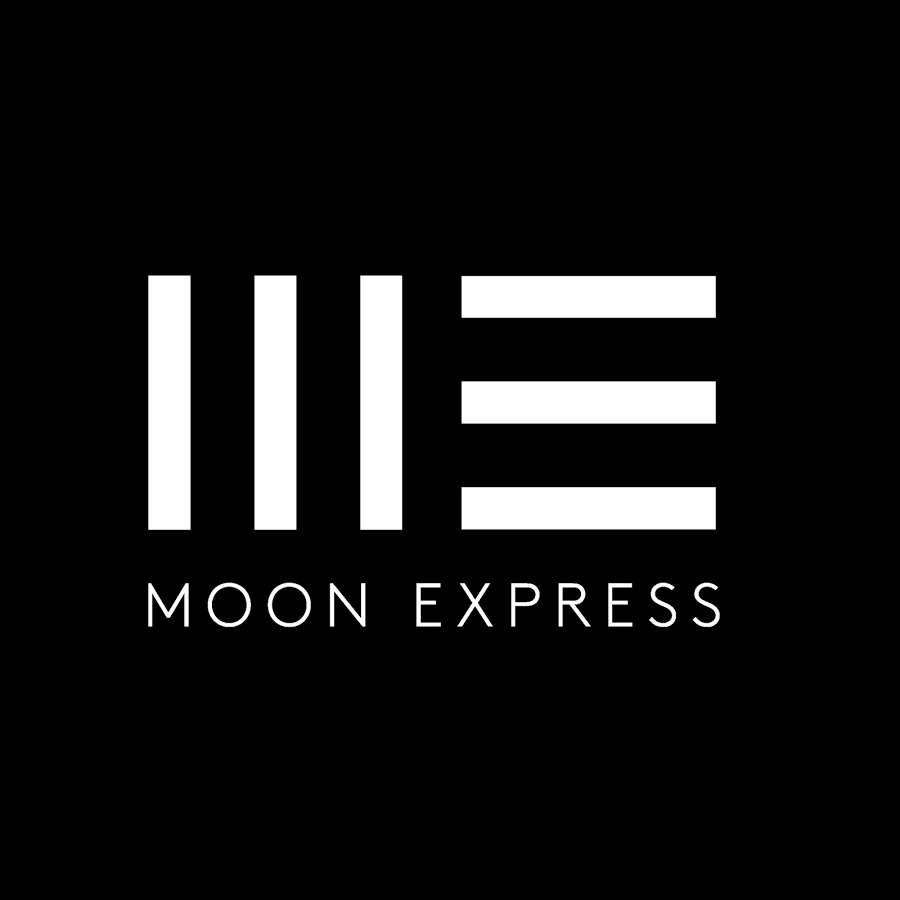Moon Express is a private company that was formed in the U.S. in 2010 to compete for the Lunar X Prize and eventually mine the Moon for natural resources with economic value. Last month, Moon Express was awarded a Commercial Lunar Payload Services contract by NASA. The company is now eligible to bid on delivering science and technology payload to the Moon for NASA.
In 2020, Moon Express is scheduled to launch a landing craft to the Moon which will carry a single scoop of lunar rocks and dirt back to Earth. If the mission is successful, Moon Express will sell the scoop of materials returned from the lunar surface. Bob Richards is the CEO of Moon Express. He said, with reference to the scoop of lunar materials, “It will instantly become the most valuable and scarcest material on Earth. We’ll make some of it available to scientific research. But we also plan to commoditize it ourselves.” He also said, “We believe that the first trillionaires will be made from space resources.” This mission will mark the first time that a private company brings back a commercial asset from space.
Another company that is interested in competing for the Lunar X Prize is ispace Inc. located in Japan. Last December, ispace signed a memorandum of understanding (MoU) with JAXA, the Japanese national space agency. The MoU states that ispace has plans to mine, transport and use the resources of the Moon. There will be an initial phase of operations from 2018 through 2023 during which ispace intends to prospect on the Moon. They will send exploratory robots into lunar craters and caves in a search for water. Actual production is scheduled for 2024.
China has expressed a strong intent to mine the Moon. They are especially interested in helium-3. While there are analysts who believe that helium-3 could supply all the future energy needs for the Earth when used in nuclear fusion reactors, there are critics who say that the concentration of helium-3 on the surface of the Moon is very low. Some estimates place even the concentration of helium-3 in the most attractive areas at about ten parts per billion. And, the nuclear fusion reactors needed to burn helium-3 as a fuel are still under development.
Other private startups are creating plans to travel to the Moon and selected asteroids on mining missions. The first missions will be proof-of-concept missions to show that it is feasible to send mining equipment to rendezvous with asteroids and obtain useful resources.
Deep Space Industries (DSI) is a leading proponent of asteroid mining. The chairman of DSI said that his company will land its first probe on an asteroid in 2020. Tiny robot scouts will explore and analyze prospective asteroids. When a good candidate has been located, they will send a bigger probe to take a sample. Solar power will be used to evaporate materials from the sample and capture the water released. DSI believes that water will be relatively easy to mine from asteroids. If all goes as planned, serious mining efforts will begin in just a few years from the initial missions.
Another U.S. company, Planetary Resources (PR), is also very interested in asteroid mining. The CEO says, “You can concentrate that solar energy and heat up the surface of the asteroid and literally bake off the water in the same way you’d bake a clay pot.” Both DSI and PR believe that asteroids can supply materials that could be used to build huge complex structures that would be impossible to launch from the surface of the Earth.
Mining of the Moon and asteroids for critical materials will be necessary as the human race moves beyond the world of our birth and out into the solar system.
